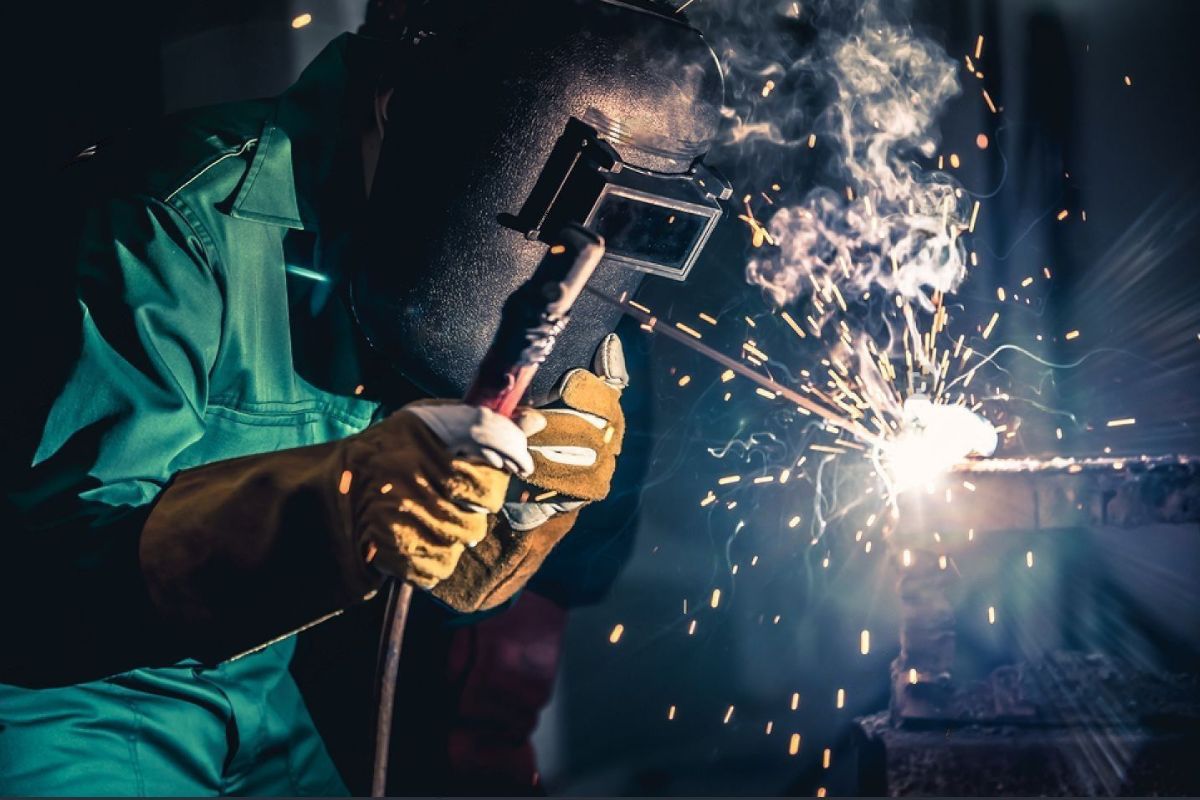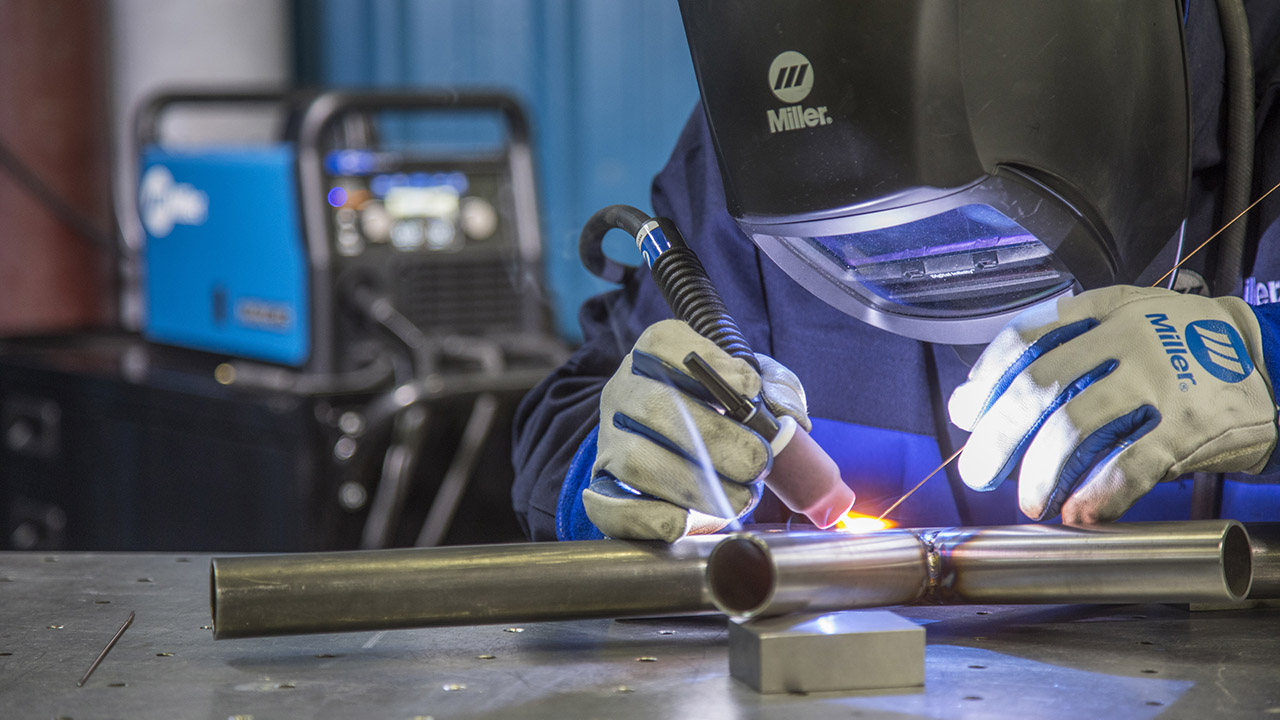Developing a Welding WPS: Step-by-Step Instructions for Professionals
Developing a Welding WPS: Step-by-Step Instructions for Professionals
Blog Article
The Ultimate Guide to Welding WPS Procedures: A Thorough Overview for Welders
In the complex world of welding, Welding Procedure Specifications (WPS) act as the backbone of making sure quality, consistency, and security in welding operations. Comprehending the subtleties of creating, executing, and keeping an eye on WPS procedures is crucial for welders looking to elevate their craft and fulfill industry requirements. As we look into the numerous parts of a WPS and check out the intricacies of credentials and accreditation, we will certainly discover the important duty these treatments play in the world of welding. Allow's get started on a journey to decipher the complexities and importance of WPS procedures in welding techniques.
Significance of WPS Procedures
Understanding the significance of Welding Treatment Specs (WPS) procedures is critical for ensuring the quality and honesty of bonded frameworks. WPS treatments function as a roadmap for welders, outlining the required steps, criteria, and materials called for to achieve a sound weld. By adhering to WPS guidelines, welders can make sure uniformity in their job, resulting in structurally audio and reputable welds.
Among the main reasons that WPS procedures are important is their function in maintaining weld quality and honesty. Complying with the defined welding parameters and techniques described in the WPS helps stop defects such as porosity, splitting, or incomplete combination, which can jeopardize the strength and resilience of the weld. Additionally, WPS procedures are crucial for ensuring compliance with market standards and codes. By adhering to established WPS standards, welders can show that their job meets the needed demands for security and high quality, supplying guarantee to customers, inspectors, and regulatory bodies. In essence, the significance of WPS procedures can not be overstated, as they are fundamental to accomplishing consistent, top quality welds that satisfy sector standards and specs.

Components of a WPS
A Welding Procedure Spec (WPS) typically consists of important parts that information the details needs for carrying out a weld, ensuring uniformity and top quality in the welding process. The key components of a WPS consist of vital variables such as base metals, filler metals, preheat and interpass temperatures, welding procedures, protecting gases, welding placements, and post-weld warmth therapy demands.
Base steels refer to the products being signed up with, while filler metals are made use of to fill the void between the base steels during welding. Preheat and interpass temperatures are crucial for controlling the heat input and avoiding issues like fracturing or distortion. The welding process details the particular strategy to be utilized, whether it's gas metal arc welding (GMAW), protected metal arc welding (SMAW), or one more method. Protecting gases shield the weld swimming pool from climatic contamination. Welding positions specify the alignments in which welding can be performed. Post-weld warmth treatment may be needed to soothe tensions and enhance the weld's residential properties. A comprehensive understanding of these components is critical for creating a extensive and reliable WPS.

Credentials and Qualification
Having established the crucial components of a Welding Procedure Specification (WPS), the focus currently changes towards the crucial aspects of credentials and certification in welding methods.

Qualification, on the other hand, is the formal recognition of a welder's certifications by an appropriate qualification body or organization. Welding certifications are typically based on the certain welding processes, materials, and placements a welder is certified to deal with. Holding a legitimate welding qualification shows that a welder fulfills market standards and is skilled to execute welding tasks to the needed specs.
Producing a WPS
To create a Welding Procedure Specification (WPS) that satisfies market standards, cautious factor to consider of welding processes, products, and operational specifications is vital. The very first step in producing a WPS is to recognize the welding procedure to be made use of, such as gas steel arc welding (GMAW) or secured metal arc welding (SMAW)

Executing and Keeping An Eye On WPS
Upon wrapping up the extensive Welding Treatment Specification (WPS) that carefully details welding processes, materials, operational criteria, and quality control measures, the emphasis shifts to effectively applying and checking the recognized procedures. Application involves guaranteeing that all welders associated with the project recognize with the WPS and follow it carefully throughout the welding procedure. This calls for supplying adequate training and supervision to assure adherence to the specified procedures. Checking the WPS includes constant oversight to validate that welding activities straighten with the documented requirements. Evaluations, testing, and quality control measures are necessary parts of the monitoring process to identify any kind of deviations or concerns without delay. Routine audits and testimonials of the welding treatments aid in preserving uniformity and high quality throughout the job. Effective execution and monitoring of the WPS are vital for ensuring the integrity, toughness, and safety and security of the welded joints, eventually adding to the general success of the welding project.
Final Thought
To conclude, understanding and adhering to Welding Procedure see here Specifications (WPS) is vital for welders to make sure high quality, uniformity, and safety and security in their job. By understanding the parts of a WPS, obtaining appropriate credentials and qualifications, creating thorough treatments, and implementing and monitoring them efficiently, welders can enhance their skills and effectiveness in welding methods. Following WPS treatments is vital for producing premium welds and conference sector standards.
In the intricate world of welding, Welding Treatment Requirements (WPS) serve as the foundation of making certain quality, uniformity, and safety and security in welding procedures. The welding process describes the certain method to be made use of, whether it's gas metal arc welding (GMAW), secured metal arc welding (SMAW), or another method.To establish a Welding Procedure Spec (WPS) that fulfills sector requirements, careful factor to consider of welding procedures, products, and operational specifications is crucial. The very first action in producing a WPS is to identify the welding process to be used, such as gas metal arc welding (GMAW) or protected steel arc welding (SMAW)Upon wrapping up the thorough Welding Treatment Spec (WPS) that thoroughly details welding processes, products, operational specifications, and top quality guarantee procedures, the emphasis shifts to properly implementing and checking the recognized procedures.
Report this page